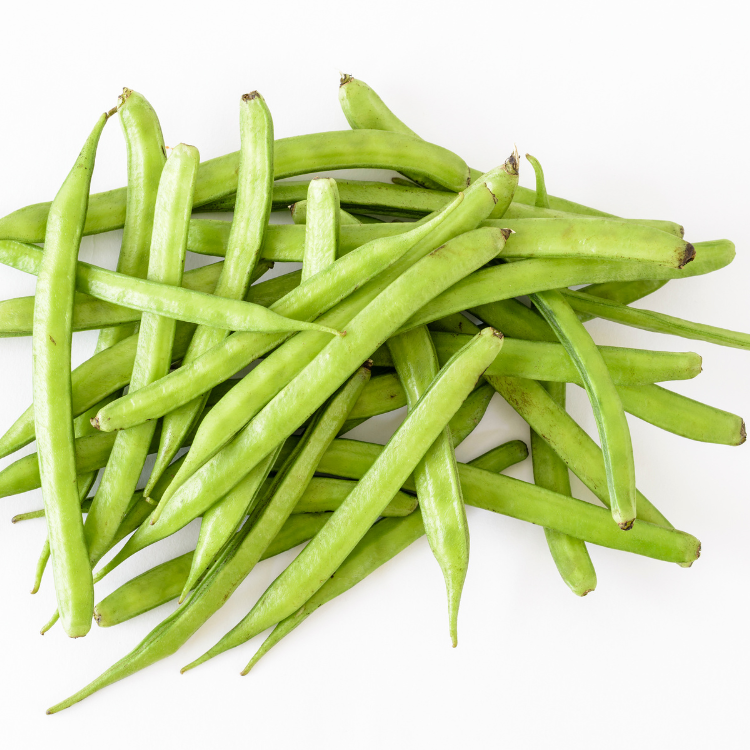Mannanase Enzyme
Product Type: ARROW-MANNANASE
The Mannanase enzyme is produced by fermentation of strain of Bacillus lentus. This enzyme is primarily used in detergent preparations for laundry applications and works by targeting the guar and locust bean gums to remove solubilize mannan from the gum. This application of removing Mannan from Guar or Locust bean is beneficial in the applications of processed foods like ice cream, chocolate and sauces & personal care products.
The Mannans are main components of hemicellulosic, and they are present widely in plant tissues. The β-mannanases are the main and common mannan-degrading enzymes and are produced by different plants, fungi, and bacteria. The Mannanase enzyme can perform under conditions of wide range of pH and temperature.
SPECIFICATIONS OF MANNANASE ENZYME
| Product Code No: | ARROW MANNANANSE |
| Activity: | Mannanase |
| Synonyms: | Mannan endo-1,4-β-mannosidase; endo-1,4-β- mannanase; endo-β1,4-mannase; β-mannanase B; β-1,4-mannan 4-mannanohydrolase; endo-β-mannanase; β-D-mannanase; 1,4-β-D-mannan mannanohydrolase |
| Nomenclature: | Mannanase 26A belongs to GH family 26 (member of clan GH-A)Enzyme Commission No.: 3.2.1.78 |
| Activity Available: | 1500 – 10,000 U/mL |
| Physical Form: | Brown powder |
| Storage: | Keep in covered area- unexposed to direct sunlight |
| Optimum Storage tem; p | max. temperature allowed 55℃ |
| Biological function: | Random hydrolysis of 1,4-β-D-mannosidic linkages in mannans, galactomannans and glucomannans, including carob-bean, locust bean and ivory-nut mannan. |
HOW IT WORK IN MANUFACTURING PROCESSING?

The Mannanases Enzyme hydrolyse β‐1‐4 linkages in the mannan backbone. Mannans are most commonly found Guar Gum and Pea plants. Although Pea and Guar is used directly into various foods like chocolate, tomato ketchup, ice cream and personal care products as thickening agents or stabilizers, where these mannans are responsible for most stains. The Mannan‐containing stains are difficult to remove because they spread and absorb to the cellulosic structure of cotton fabrics by hydrogen bonding. The ability of mannanase enzyme to hydrolyse insoluble mannan into a smaller polymer of mannose (oligosaccharide) makes them water soluble.

Thus during washing and rinsing mannan stain are washed out easily. Due to this mannanase enzyme is most important laundry or dishwashing detergents applications.
The mannanase enzymes perform as per the activity and through a wide range of temperature. It also depends upon selection of surfactants.

The other commercial applications for mannanase enzyme is in paper and pulp industries, bioethanol production, oil and gas well stimulation, food and feed, coffee extraction, nutraceuticals.
Mannanase Enzyme to reduce digestion viscosity in farm animals. Using Mannanase Enzyme Improve protein, fat, and carbohydrate absorption in animal digestive systems and balance microflora in the stomach and improve an animal’s gut health.

The beta-mannanase is known to improve productive performance when added to poultry. The mannanase enzyme used in feed additives demonstrated significant reductions in performance as measured by weight gain, feed conversion, and the incidence of coccidial lesion scores. Using beta mannanase enzyme by mixing 25 – 35 gm. per 1,000 kg of food for the animals shows outstanding results. The procedure is to dilute the active mannanse enzyme with water before blending it.
FAQ ON MANNANASE ENZYME
What Is Mannanase?
Mannans are main components of hemicellulosic found in softwood & bean plants. They are present widely in plant tissues also. β-mannanases are the major mannan-degrading enzymes and are produced by plants fungi, and bacteria.
What Does Mannanase do in the processing industry ?
Mannanase has many uses, including as an additive in animal feed, making laundry and dish washing cleaning formulations, the gelling and thickener guar gum.
What is the source of Mannanase Enzyme?
TMannanase occurs in the nature but microbes are the primary tool using it the microbial mannanases is produced.
Is Beta-Mannanase Enzyme is manufactured in India ?
Yes, 100% beta-mannanase is manufactured in India in Bangalore using fermentation process.
Is technical Support and Sampling of Beta-Mannanase Enzyme is available?
Yes, we provide you full technical back up and support to use enzymes as per the process requirement.
- Reducing digesta viscosity
- Reduce fecal water content.
- Improve the utilization of protein, fat and carbohydrate
- Degrade mannan in feedstuff, like Soy Lecithin & Proteinbean, palm kernel, copra, etc.
- Promote nutrient substance digestion and absorption.
- Improve the value of feed and lower the cost.
- Off-white, powder, microbial fermentation odor
- 100,000 HCU/gram
- Use 25g per ton of complete feedstuffs or in formulations of other enzymes or ingredients. Dilute the concentrated enzyme before use.
- 25 Kg



 DOWNLOAD PRODUCT SDS
DOWNLOAD PRODUCT SDS